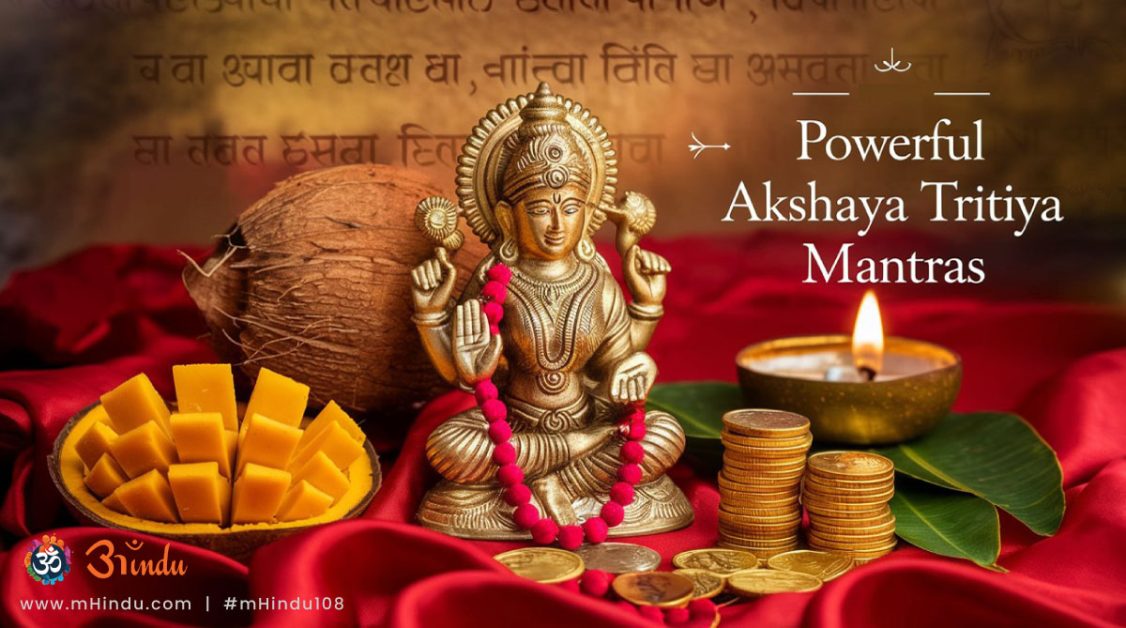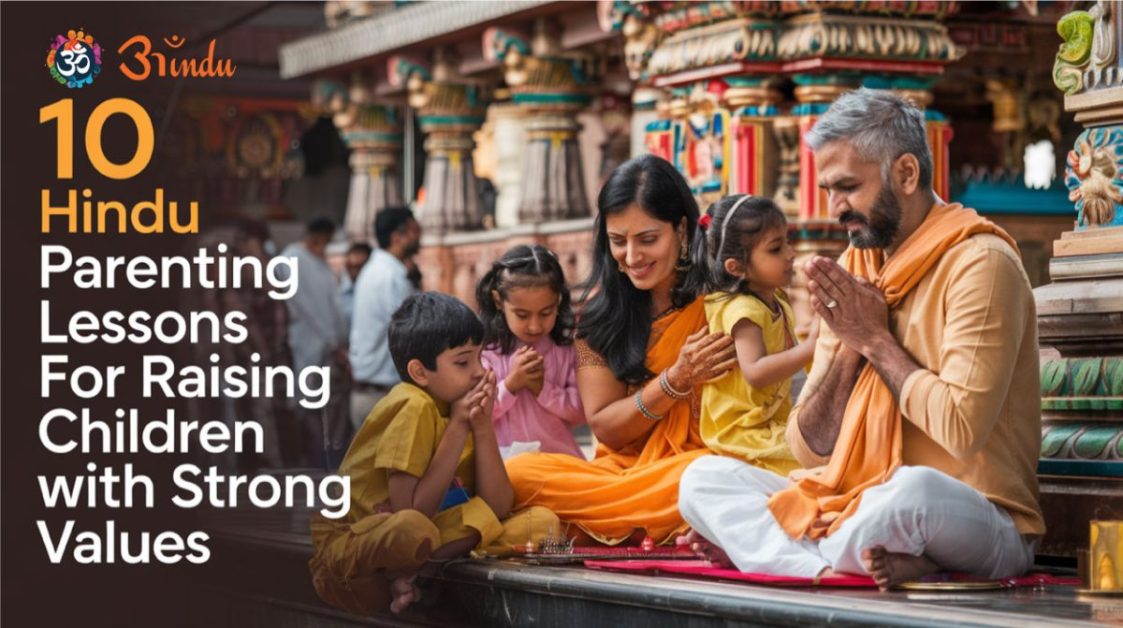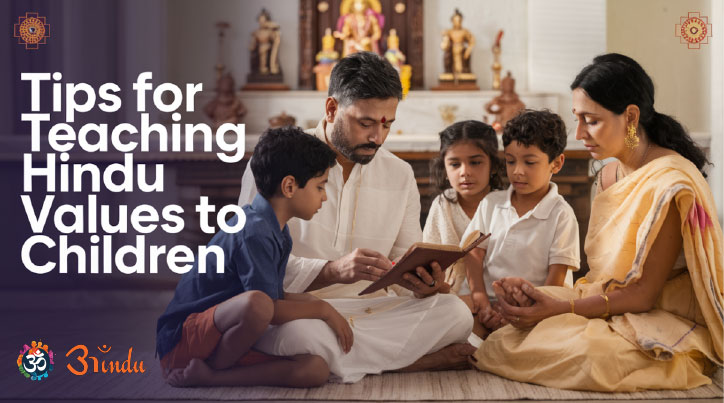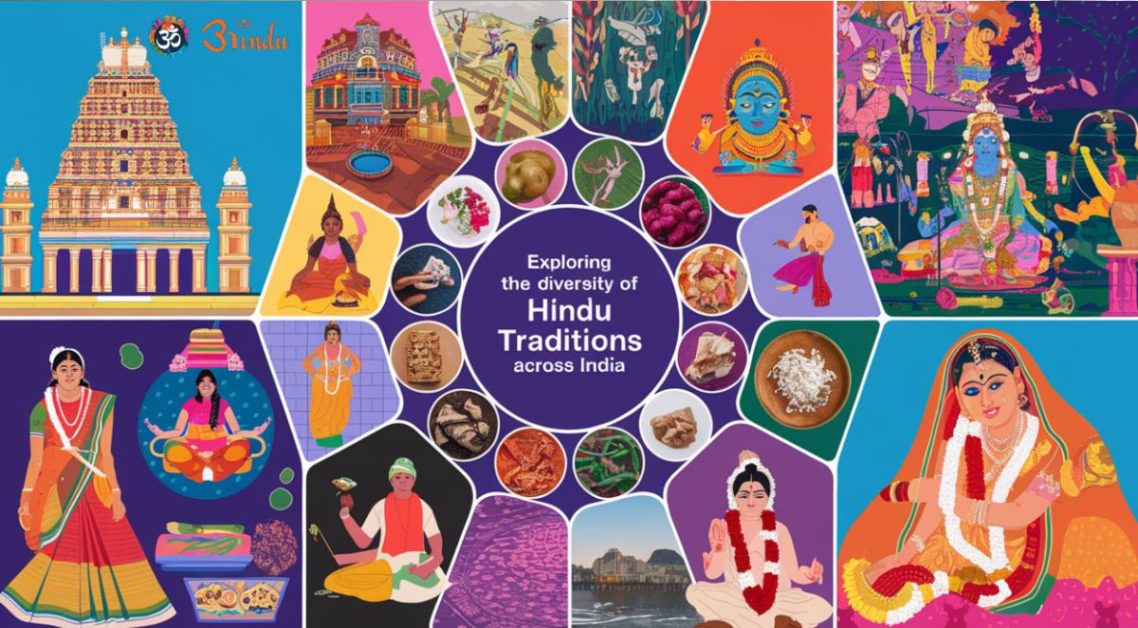
Introduction: A Sacred Song that Echoes Across Continents
“श्रीगुरु चरन सरोज रज, निज मनु मुकुरु सुधारि” — these are the opening lines of the Hanuman Chalisa, a 40-verse hymn written by the 16th-century saint Goswami Tulsidas. As the golden syllables spill from millions of lips daily, what once began as a personal act of devotion in India has now become a global spiritual phenomenon.
Explore Blog Content
Toggle📿 Hanuman Chalisa—resonates not only in the hearts of Indian devotees but also in temples, homes, and even yoga studios across the world. From the bustling ghats of Banaras to serene gatherings in California, the sacred hymn unites people of all ages and cultures in a rhythm of divine devotion.
The global spread of this powerful prayer shows how deeply rooted spirituality can transcend language, geography, and generation. But what is it about the Hanuman Chalisa that continues to ignite faith in both traditional and modern hearts alike?
The Origin and Cultural Essence of Hanuman Chalisa
The story of Hanuman Chalisa begins in the spiritual city of Varanasi, where Tulsidas, a devout follower of Lord Rama, composed it in Awadhi—a dialect accessible to common people. His goal? To bring divine wisdom out of the Sanskrit halls of priests and into the streets where every layperson could connect with it.
The composition venerates Lord Hanuman, the mighty devotee of Shri Ram, portraying his virtues of loyalty, courage, intelligence, and strength. It’s structured into 40 verses—each known as a “chalisa”—meant to be easily memorized and recited.
What does Hanuman Chalisa mean spiritually?
Hanuman Chalisa is not just a prayer—it’s a guide. In every verse lies a subtle teaching:
- “Budhi hina tanu janike, Sumirau Pavan Kumar” – “Knowing myself to be ignorant, I meditate on the Son of the Wind.”
This verse signifies surrender and the seeker’s humility, a foundational value in Sanatan Dharma. - “Bhoot pishach nikat nahi aave, Mahavir jab naam sunave”
Here, Hanuman is seen as a protector from negative forces, reinforcing the power of chanting the divine name.
Why is the Hanuman Chalisa so accessible?
The brilliance of Tulsidas lay in simplifying the path to devotion. He used the common language of the time, infused it with rhythm and emotion, and embedded powerful imagery. This universality in tone, structure, and emotion made the Chalisa resonate deeply—not just in India, but wherever Indian culture travelled.
Why is Hanuman so central in Hinduism?
Hanuman represents the ideal servant and warrior, someone who is both divinely strong and purely devoted. In today’s chaotic world, his image brings stability and confidence. That’s why people worldwide connect with him—even outside Hindu faith.
The Global Footprint of Hanuman Chalisa
The devotion surrounding Hanuman Chalisa is no longer confined to India. It’s a global chant that echoes in places as distant as Mauritius, Trinidad, South Africa, London, Sydney, and New York.
How has Hanuman Chalisa spread worldwide?
Thanks to the Indian diaspora and digital media, Hanuman Chalisa has seen exponential growth globally:
- Temples across the world conduct weekly Hanuman Chalisa recitations, especially on Tuesdays and Saturdays.
- Digital platforms like YouTube, Spotify, and Apple Music stream hundreds of renditions in multiple languages.
- The T-Series version of Hanuman Chalisa, sung by Hariharan, has crossed 3 billion+ views, making it one of the most watched devotional videos globally.
How do non-Hindus relate to Hanuman Chalisa?
In yoga studios across Europe and America, Hanuman is invoked not as a deity of ritual, but as a symbol of inner power, discipline, and balance. His image is often used during chants and meditations.
Many western spiritual seekers find peace in its rhythm, even when they don’t fully understand the language—much like a universal lullaby of divine assurance.
“Even though I don’t speak Hindi, chanting Hanuman Chalisa gives me energy and a strange sense of protection,” — Elena, a yoga teacher in Berlin.
Translating Devotion—Hanuman Chalisa in Multiple Languages
The beauty of the Hanuman Chalisa lies not just in its poetic grace, but in its adaptability. It has been translated into over 30 languages, including Sanskrit, English, Gujarati, Tamil, Telugu, Bengali, Nepali, French, and even Spanish.
Why do translations matter in devotional texts?
Translating a spiritual text is like transplanting a sacred tree into another soil—it must adapt without losing its roots. Fortunately, the Chalisa’s core themes—faith, strength, humility—are universal.
Example of translated verse:
- “Jai Hanuman Gyan Gun Sagar”
English: “Victory to Hanuman, the ocean of wisdom and virtue”
Spanish: “Salve a Hanuman, océano de sabiduría y virtud”
These translations ensure that people across continents can recite, reflect, and relate to the meaning without being limited by language.
How do translations impact spiritual growth?
For second- and third-generation Indians living abroad, reading Hanuman Chalisa in their native tongue (English, French, etc.) allows them to preserve their cultural identity while understanding its essence. Many family WhatsApp groups now include morning recitations and shared videos of kids chanting Chalisa—this shared tradition strengthens cultural continuity.
The Transformative Power of Reciting Hanuman Chalisa
The true strength of the Hanuman Chalisa lies in its transformative potential—not just spiritually, but emotionally, mentally, and even physically. For centuries, devotees have turned to this hymn in times of distress, uncertainty, and healing.
How does Hanuman Chalisa affect the mind and emotions?
Scientific studies on the power of sound and mantras show that repetitive chanting can slow the heart rate, reduce cortisol (stress hormone) levels, and induce a meditative state. The Hanuman Chalisa’s steady rhythm and uplifting verses act as a powerful antidote to anxiety and fear.
Take the verse:
“Bhoot pishach nikat nahi aave, Mahaveer jab naam sunave”
🔹Translation: “Evil spirits don’t dare come near when the name of the mighty Hanuman is heard.”
🔹Interpretation: Symbolically, this means even our internal ‘ghosts’—fear, doubt, negativity—flee when we invoke Hanuman’s presence.
What are the practical benefits of daily recitation?
- Mental Clarity – The verses improve concentration and bring focus.
- Emotional Strength – Devotees report feeling more confident, less fearful.
- Spiritual Growth – Consistent chanting creates a deeper bond with divinity.
- Protection – Especially among children and travelers, many believe it acts as a spiritual armor.
Can Hanuman Chalisa help during grief or depression?
Absolutely. The verses are filled with metaphors of courage through adversity.
In times of loss or sadness, reciting Hanuman Chalisa instills a sense of divine companionship—reminding the seeker they’re never truly alone.
As Saint Tulsidas writes:
“Naasaye roga hare sab peera, japat nirantar Hanumat beera”
“All ailments vanish, and pain fades away when the brave Hanuman’s name is constantly chanted.”
Hanuman Chalisa in Popular Culture and Media
Hanuman Chalisa is not just confined to spiritual circles—it has leapt into films, music albums, documentaries, animated series, and even mobile apps. Its timeless energy appeals across age groups and generations.
Where is Hanuman Chalisa used in media?
- Bollywood Films: “Bajrangi Bhaijaan” featured elements of Hanuman’s devotion as its spiritual backbone.
- Devotional Albums: Singers like Lata Mangeshkar, Hariharan, and Anuradha Paudwal have released iconic renditions.
- Streaming Platforms: Devotional playlists on Spotify, Amazon Music, and YouTube include dozens of versions—some as lullabies, others as high-energy chants.
🎶 Did You Know?
The T-Series Hanuman Chalisa video is India’s first to cross 3 billion views on YouTube—surpassing even many Bollywood songs.
Is it reaching the youth?
Yes—and innovatively. Animated versions of Hanuman Chalisa now air on children’s networks and YouTube Kids, making it easier for younger generations to learn, enjoy, and internalize the hymn’s meaning. Apps offer daily Chalisa reminders, gamified chant counters, and explainers with stories from the Ramayana.
Hanuman Chalisa in the Digital Devotion Era
Technology has revolutionized how we connect with faith. And the Hanuman Chalisa has gracefully entered this space—carrying centuries of tradition into a digital future.
How has digital media impacted Chalisa recitation?
- Mobile Apps: From Sanskrit learners to morning bhakti alarms, over 100+ mobile apps now offer Chalisa in text, audio, and video formats.
- Live Global Recitations: Zoom gatherings and YouTube live streams enable thousands to chant together from around the world.
- Social Media Trends: Hashtags like #HanumanChalisaChallenge encouraged users to share their recitations, spreading awareness in fun and engaging ways.
Why does it resonate online?
In the digital age, where attention spans are shrinking, the Chalisa offers something rare: consistency, stability, and inner calm. Many users begin their day by listening to it, setting a grounded tone amidst chaos.
Quote from a Reddit user:
“Playing Hanuman Chalisa while commuting gives me a strange sense of peace. It’s like carrying a temple in my headphones.”
Hanuman Chalisa as a Bridge Between Generations
In an age where traditional values often clash with modern lifestyles, the Hanuman Chalisa serves as a powerful bridge across generations. Grandparents chant it every morning with incense and tulsi beads, while their grandchildren stream it on Spotify while preparing for exams. This shared experience strengthens the Hindu identity without imposing it.
How does the Chalisa keep families spiritually connected?
The recitation of Hanuman Chalisa becomes a sacred ritual in many homes. It’s not uncommon to find:
- Children learning the Chalisa by heart from their elders
- Parents playing it during road trips or before bedtime
- Joint family evening aartis featuring Chalisa chanting
These practices weave Sanatan Dharma into daily life, offering a moral compass and a shared vocabulary of faith.
“When I hear my daughter chant the Chalisa with her grandmother, I feel a continuity that textbooks can’t provide,” — Ritika Sharma, USA-based parent
Why does Hanuman Chalisa appeal across age groups?
- Elders find comfort in its familiarity and divine assurance.
- Middle-aged adults use it for strength and stress management in professional life.
- Youth connect through digital formats—remixes, animations, apps—and adopt it as a source of motivation and grounding.
In this way, Hanuman Chalisa becomes a timeless spiritual technology—compatible with every generation’s needs.
Symbolism and Deeper Meanings Within the Chalisa
Though often chanted for blessings and protection, each verse of the Hanuman Chalisa holds layered symbolism that mirrors the human spiritual journey.
Let’s explore a few hidden meanings:
What deeper spiritual truths lie in the verses?
- “Mahabir Bikram Bajrangi”
Symbolizes the union of divine courage (Mahabir) and inner lightning (Bajrangi)—a call to awaken the warrior within. - “Ram doot atulit bal dhama”
Portrays Hanuman not as a god, but as a servant of the divine, suggesting the highest power lies in selfless service. - “Laaye Sanjeevan Lakhan Jiyaye”
Beyond the Ramayana story, this line is often seen as a metaphor for hope in despair, faith in crisis, and the power of timely action.
How does the Chalisa align with Vedantic thought?
The deeper message aligns with Vedantic and Bhakti philosophies:
- Sankhya and Karma Yoga: Balancing mind and duty, action and detachment
- Bhakti Yoga: Complete surrender and love for the divine
- Vedanta: The idea that true strength is internal and rooted in divine consciousness
Thus, chanting the Chalisa isn’t merely about recitation—it’s a spiritual practice of aligning the mind, body, and soul toward higher consciousness.
Summary: Devotion Without Borders, Unity Beyond Language
The Hanuman Chalisa isn’t just a devotional chant—it’s a movement. From India’s villages to global cities, it has carved a spiritual path where language, geography, and even religion become secondary to emotion, faith, and universal values.
It speaks of loyalty to one’s cause, devotion without ego, strength without pride, and humility that conquers all.
Its verses echo not just in temples but in hearts seeking solace, protection, and divine strength. Its meaning evolves with each generation, yet the essence remains rooted in Sanatan Dharma: eternal, universal, and uplifting.
In a world riddled with divisions, the Hanuman Chalisa emerges as a unifying force—a reminder that the deepest truths are often sung, not shouted.
Let your voice join the millions. Chant the Chalisa. Feel the connection. Across cultures, across oceans—Hanuman’s name is always near.
Frequently Asked Questions (FAQs)
1. What is the meaning of Hanuman Chalisa?
The Hanuman Chalisa is a 40-verse hymn composed by Goswami Tulsidas in Awadhi, praising the strength, devotion, and virtues of Lord Hanuman. Each verse holds deep spiritual meaning and offers protection, wisdom, and divine blessings to the reciter.
2. Can non-Hindus chant Hanuman Chalisa?
Yes, absolutely. While rooted in Sanatan Dharma, the Hanuman Chalisa’s universal themes of courage, loyalty, and protection resonate beyond religion. Many non-Hindus chant it for peace, discipline, and inner strength.
3. What are the spiritual benefits of chanting Hanuman Chalisa?
Chanting Hanuman Chalisa regularly is believed to remove obstacles, purify the mind, protect from negativity, and awaken spiritual strength. It builds focus and aligns the soul with dharmic living.
4. How often should one chant the Hanuman Chalisa?
Traditionally, devotees chant it every Tuesday and Saturday. However, for deeper spiritual impact, many choose to recite it daily—especially in the morning or before bed, accompanied by intention and focus.
5. Is there a best time to chant Hanuman Chalisa?
Early morning during Brahma Muhurta (around 4 am) is considered ideal, but any time with a peaceful heart and pure mind is effective. Devotees also chant during travel, illness, or emotional unrest for divine support.
6. What is the global impact of the Hanuman Chalisa?
The Hanuman Chalisa has become a spiritual anthem across continents. From YouTube videos with billions of views to global temple recitations, it unites devotees worldwide in collective prayer and Sanatan Dharma consciousness.
7. How does Hanuman Chalisa help children and students?
Many parents teach the Hanuman Chalisa to children to instill discipline, fearlessness, and focus. Students often chant it before exams or challenges, believing it sharpens intellect and provides mental stability.
8. What makes Hanuman Chalisa unique among Hindu hymns?
Unlike many Sanskrit scriptures, Hanuman Chalisa is simple, rhythmic, and written in the common man’s language. Its directness, emotional power, and protective essence make it one of Hinduism’s most beloved prayers.







